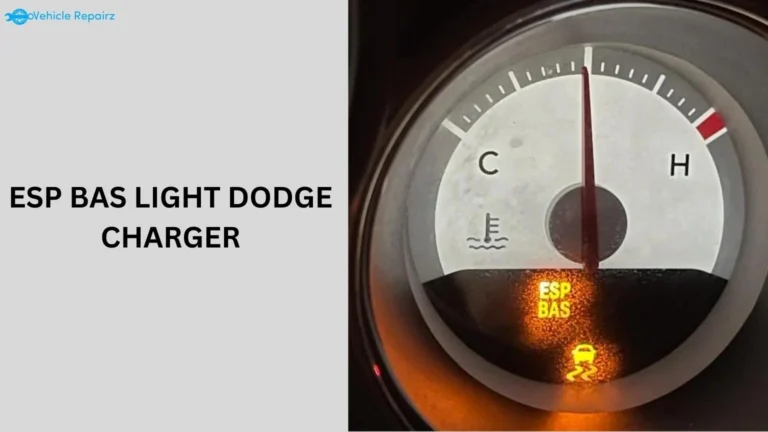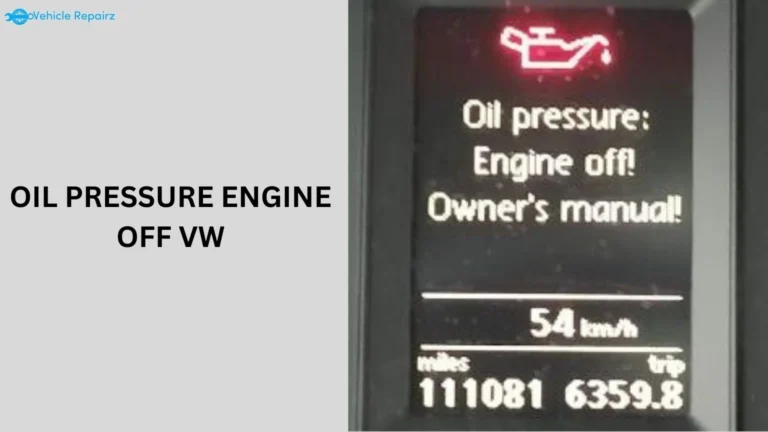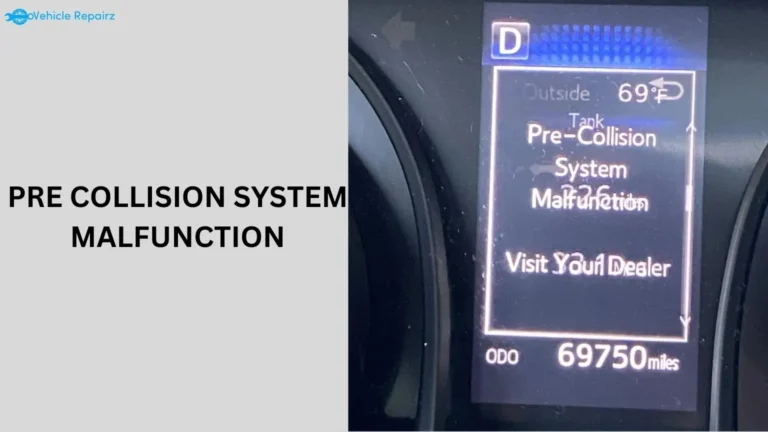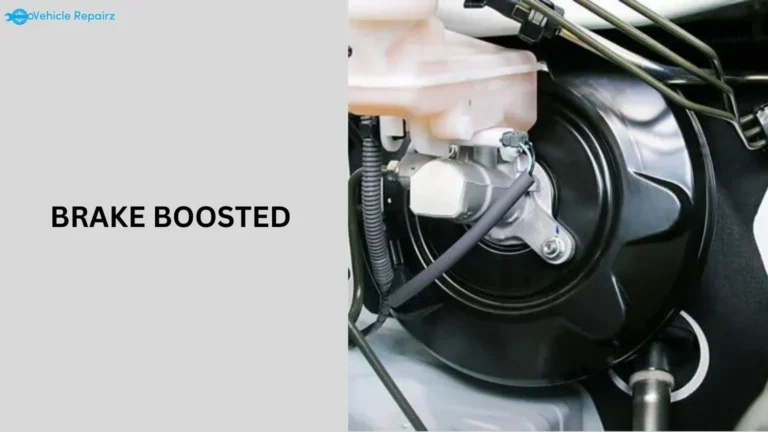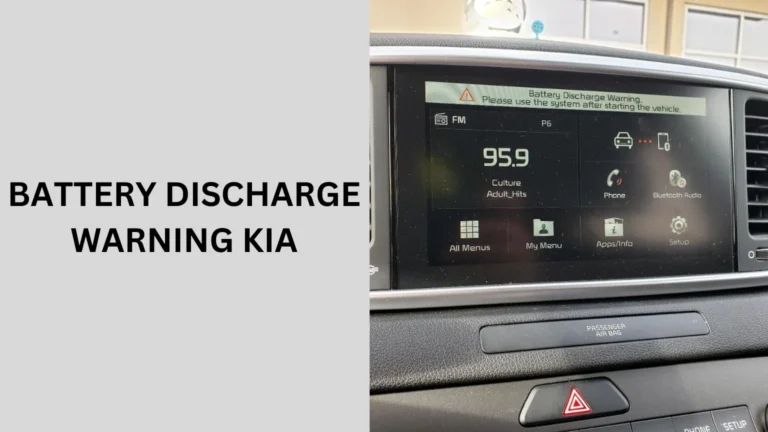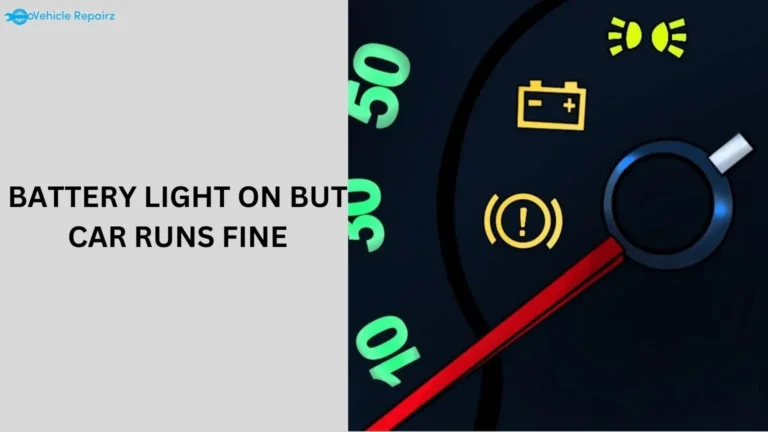Check AWD System Toyota Highlander: Causes and Fixed
When it comes to ensuring the reliability and performance of your Toyota Highlander, the all-wheel drive (AWD) system is crucial.
If you’ve noticed any issues or simply want to perform routine maintenance, knowing how to check the AWD system is essential.
Check AWD System Toyota Highlander, In this guide, we’ll walk you through everything you need to know about checking the AWD system in your Toyota Highlander.
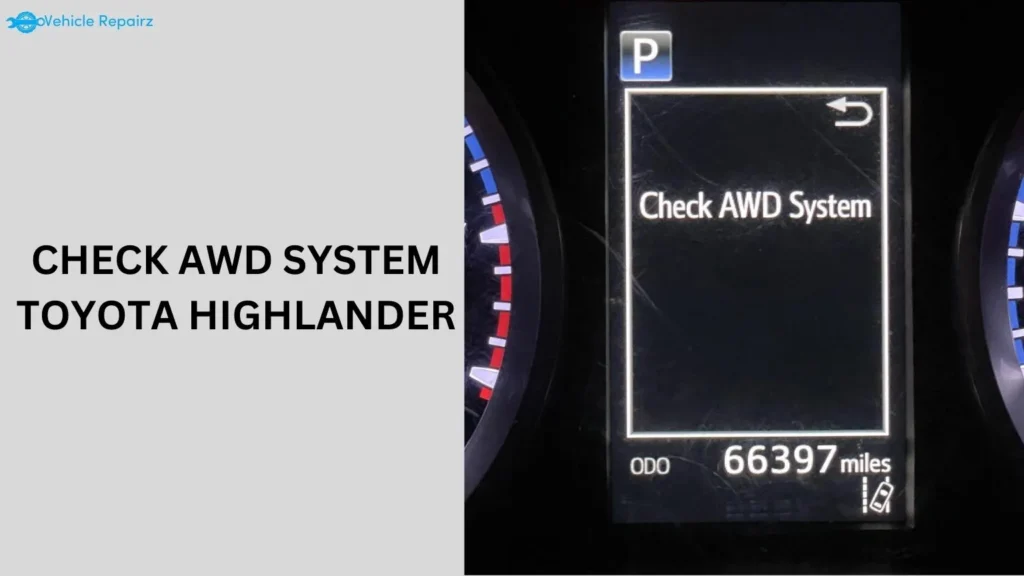
Understanding the Check AWD System Toyota Highlander
The all-wheel drive (AWD) system in your Toyota Highlander plays a crucial role in its overall performance, safety, and handling.
Here’s a comprehensive look at how this system works and why it’s important for your vehicle.
What Is AWD and How Does It Work?
AWD stands for all-wheel drive. Unlike two-wheel drive (2WD) systems, which only power either the front or rear wheels, AWD systems distribute power to all four wheels simultaneously.
This improves traction, stability, and overall vehicle control, especially in challenging road conditions like rain, snow, or off-road terrains.
The Importance of AWD in Your Toyota Highlander
For the Toyota Highlander, an SUV designed for versatility and comfort, having a well-functioning AWD system is vital.
It ensures that power is distributed evenly to all wheels, enhancing safety and performance.
Regular checks and maintenance can prevent issues and ensure that your vehicle remains reliable under various driving conditions.
How to Check AWD System Toyota Highlander?
Ensuring that your Toyota Highlander’s all-wheel drive (AWD) system is functioning properly is essential for optimal performance and safety.
Regular checks can help you catch potential issues early and avoid more serious problems down the road.
Here’s a step-by-step guide on how to check the AWD system in your Toyota Highlander.
Step 1: Inspect the AWD System Components
Begin by examining the key components of the AWD system. These include:
- Transfer Case: This component transfers power from the engine to the front and rear axles. Check for any signs of leakage or damage.
- Differentials: The front and rear differentials are responsible for distributing power to the wheels. Look for leaks and listen for unusual noises while driving.
- Driveshafts and CV Joints: Ensure these parts are in good condition and free of excessive wear or damage.
Step 2: Check Fluid Levels
Proper fluid levels are crucial for the smooth operation of the AWD system. Follow these steps to check the fluid levels:
- Locate the Fluid Filler Cap: Usually found on the transfer case or differentials.
- Remove the Cap: Check the fluid level by inserting a dipstick or using a similar method recommended in your vehicle’s manual.
- Add Fluid if Necessary: Use the type of fluid specified in your Toyota Highlander’s owner’s manual.
Step 3: Look for Warning Lights
Modern Toyota Highlanders are equipped with a dashboard warning system that alerts you to any issues with the AWD system. If you see a warning light related to the AWD system, it’s important to address it promptly. Common warning lights include:
- AWD Indicator Light: This light indicates an issue with the AWD system.
- Traction Control Light: If this light is on, it might signal that the AWD system is working harder than usual.
Step 4: Test Drive and Evaluate Performance
Take your Toyota Highlander for a test drive to assess the performance of the AWD system. Pay attention to:
- Smoothness: Ensure that the vehicle transitions smoothly between different driving conditions.
- Noise: Listen for any unusual noises, such as grinding or whining, which could indicate a problem with the AWD system.
- Handling: Test how well the vehicle handles various conditions, including turns and rough roads.
Common Issues with the AWD System and Their Solutions
The all-wheel drive (AWD) system in your Toyota Highlander is designed to enhance traction and stability, but like any complex system, it can encounter problems.
Knowing common issues and how to address them can help you maintain your vehicle’s performance and safety.
Here are some typical AWD system problems and their solutions.
1. Uneven Tire Wear
Uneven tire wear can affect the AWD system’s performance. Regularly rotate your tires and ensure they are properly aligned to prevent this issue.
2. Fluid Leaks
Fluid leaks from the transfer case or differentials can lead to AWD system problems. Address leaks immediately by having them repaired by a professional.
3. Faulty Sensors
AWD systems rely on various sensors to function correctly. If you notice any warning lights or performance issues, have the sensors checked and calibrated as needed.
When to Seek Professional Help
While routine checks can be done at home, certain issues with the AWD system may require professional attention.
If you’re unsure about any aspect of your AWD system or if you encounter persistent problems, it’s best to consult a certified Toyota mechanic. They have the expertise and equipment to diagnose and resolve more complex issues.
People also ask
What does it mean when it says to check the AWD system?
When your Toyota Highlander displays a “Check AWD System” message, it means there’s a potential issue with the all-wheel drive system.
This alert can indicate problems like low fluid levels, a malfunctioning transfer case, or faulty sensors.
It’s important to have the system inspected by a professional to diagnose and resolve the issue promptly.
What causes the AWD light to come on?
The AWD light in your Toyota Highlander may come on due to several issues, including:
Low Fluid Levels: Insufficient fluid in the transfer case or differentials.
Faulty Sensors: Malfunctioning sensors related to the AWD system.
Transfer Case Issues: Problems with the transfer case or its components.
Differential Problems: Issues with the front or rear differentials.
Tire Imbalance: Uneven tire wear or mismatched tire sizes.
What does it mean when it says to check the AWD system on a Toyota Highlander 2015?
When a 2015 Toyota Highlander displays “Check AWD System,” it indicates a potential issue with the all-wheel drive system.
This could be due to low fluid levels, faulty sensors, or problems with the transfer case or differentials.
It’s important to have the system inspected by a professional to identify and resolve the problem.
What is the warning light on a Toyota AWD?
The warning light for the AWD system on a Toyota typically looks like a car with a “slippery road” symbol or the letters “AWD” with an exclamation mark.
It signals that there is a problem with the all-wheel drive system, such as low fluid levels, sensor issues, or component malfunctions.
Conclusion
In Conclusion, Regularly Check AWD System Toyota Highlander is essential for maintaining its performance and safety.
By following the steps outlined in this guide, you can ensure that your AWD system remains in top condition.
If you encounter any issues or need professional assistance, don’t hesitate to seek help from a certified mechanic. Your Toyota Highlander will thank you with reliable and smooth driving experiences.

